The brand new Jaguar XJ
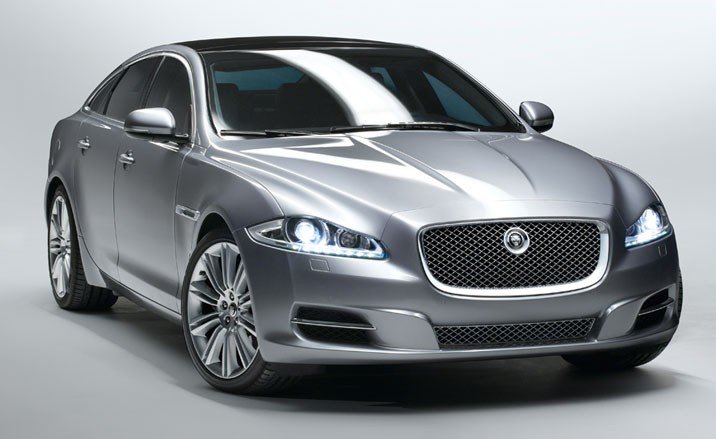
This is a critical car. Ever since the early 1960s, Jaguar has become synonymous with the modern sporting saloon car, practically inventing the genre and carrying the flame for three decades until finally the combined talents of certain German firms encroached upon its territory. Despite a long run of uncertainty regarding ownership and finance, Jaguar stuck to its guns, producing an ongoing series of elegant but ultimately rather chaste motorcars that gradually become more and more unconcerned with the fashions of the time.
The new XJ aims to wipe that slate clean. Jaguar Land Rover is now the property of Indian industrial conglomerate Tata, a shift that has revived morale and slashed development times. Already bolstered by the global acclaim afforded the XF model, launched in 2008, the XJ is Jaguar going further, pushing its design language into the 21st century without losing that lithe, sensual quality the marque came to be intimately associated with in the 1960s.
Overseen by designers Ian Callum and Giles Taylor, the XJ design conceals the car's size using broad strokes, including deeply sculpted bodywork that exaggerates the radiator, the sweep of the roof and the slashed LED tail-lights (said to be inspired by the claw marks of a big cat, or so we're told). Like all envelope-expanding designs, the XJ isn't instantly understandable; indeed, from some angles it carries with it a slightly awkwardness. The heavily chamfered nose, for example, and the slightly contrived way the rear-lights dovetail into the gap between bootlid and rear wing.
That profile, however, is a winner. Lithe and dynamic, it does an effective voice of shrinking the bulk while still conveying the kind of chauffeur-driven authority that keeps this sector afloat. Jaguar has a keen eye on the environmental bottom line as well. While high performance variants are available already - with even faster XJs in the wings - we sampled the 3.0 litre V6 diesel, a hugely effective piece of technology that combines whisper-quiet refinement, brilliant fuel economy and punchy acceleration thanks to twin turbochargers. The aluminium structure has become a hallmark of high-end Jaguars, saving weight and allowing for high levels of recycled material to be incorporated into the car.
Inside, the XJ really excels. This is perhaps the most cohesive, cosseting and downright pleasurable car interior on the market today, a rich blend of wood, leather and curves, with an instrument panel that eschews space-age minimalism in favour of dials, switches and displays that hint at a rich engineering tradition and the evolving interface between man and machine.
The speedo and rev counter are actually part of Jaguar's innovative Virtual Instrument panel, which allows for other information to be popped up into the driver's sightline as necessary, or change to an aggressive red hue when 'Dynamic' driving mode is selected. Audio is supplied by Bowers and Wilkins, while the touch screen at the heart of the dashboard can be configured to provide two separate images thanks to the change in viewing angle; allowing passengers to watch a DVD while the driver follows the map.
Admittedly, there is the occasional anachronism or irritation. The resistive touch screen needs a hefty shove to recognize your input (as the world of consumer electronics moves inexorably towards silky smooth capacitive screens, car companies need to play catch-up), or the rather frantic pinging of the (crucial) reversing sensors. And why did the navigation system inexplicably display the location of the nearest McDonalds? But there is more to love, from the circular gear selector which rises from the centre console, as with the XF, to the Dynamic mode, which signals its abilities with a subtle but unmistakable tightening on the driver and passenger seatbelts and the adaptive cruise control that makes highway driving a breeze.
Receive our daily digest of inspiration, escapism and design stories from around the world direct to your inbox.
The XJ is a major player in the current luxury car sector. A plug-in hybrid variant, the Limo Green, is currently under test. We can't imagine that big cars like this will form the backbone of the premium industry for ever, especially given the current climate, but the XJ is lean, lithe and more than capable of leading the pack towards the next generation.
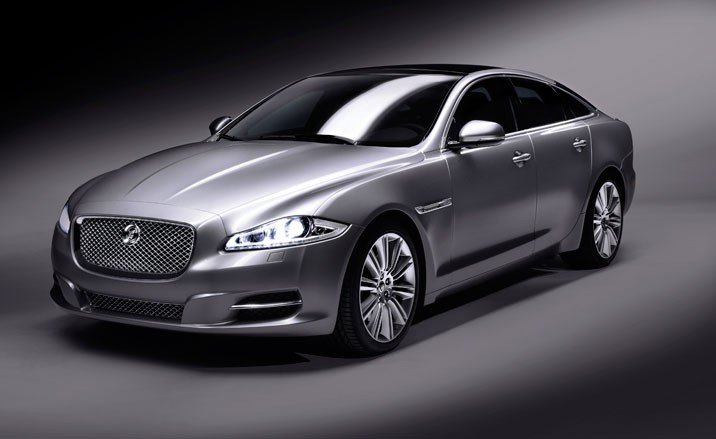
The XJ design conceals the car’s size using broad strokes...

... including deeply sculpted bodywork that exaggerates the radiator, the sweep of the roof...
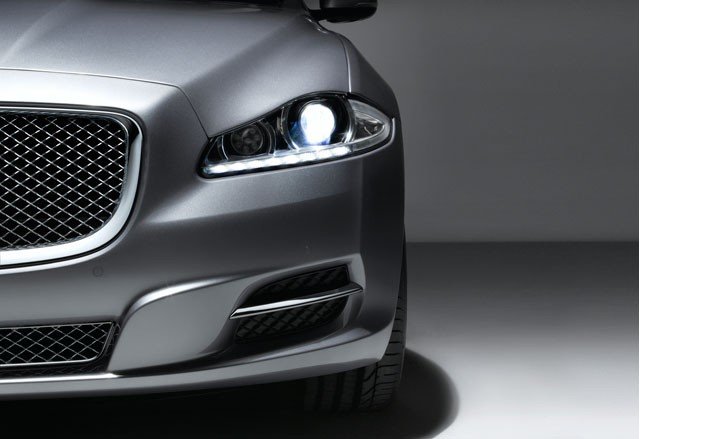
...and the slashed LED lights

Inside, the XJ really excels...
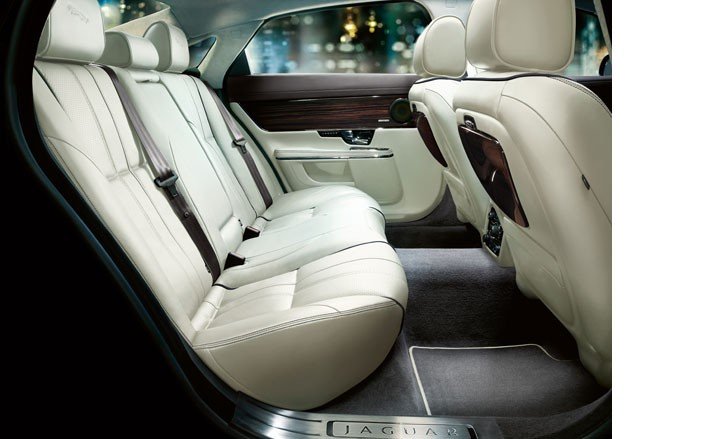
... with its rich blend of wood, leather and curves
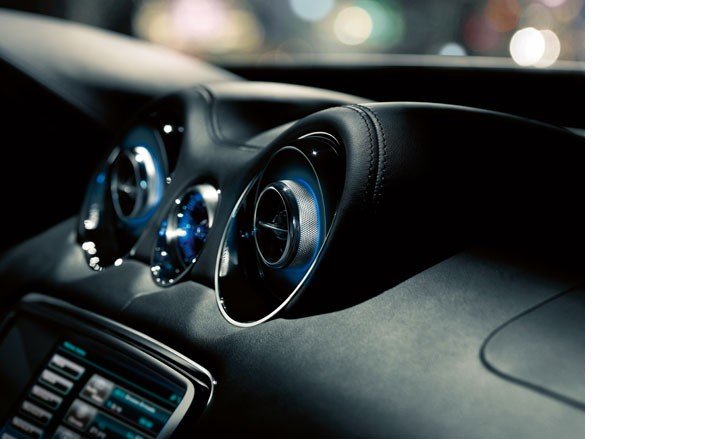
The speedo and rev counter are actually part of Jaguar’s innovative Virtual Instrument panel, which allows for other information to be popped up into the driver’s sightline as necessary, or changed to an aggressive red hue when ’Dynamic’ driving mode is selected

Instrument panels eschew space-age minimalism in favour of dials, switches and displays that hint at a rich engineering tradition and the evolving interface between man and machine
Jonathan Bell has written for Wallpaper* magazine since 1999, covering everything from architecture and transport design to books, tech and graphic design. He is now the magazine’s Transport and Technology Editor. Jonathan has written and edited 15 books, including Concept Car Design, 21st Century House, and The New Modern House. He is also the host of Wallpaper’s first podcast.
-
 Click to buy: how will we buy watches in 2026?
Click to buy: how will we buy watches in 2026?Time was when a watch was bought only in a shop - the trying on was all part of the 'white glove' sales experience. But can the watch industry really put off the digital world any longer?
-
 Don't miss these art exhibitions to see in January
Don't miss these art exhibitions to see in JanuaryStart the year with an inspiring dose of culture - here are the best things to see in January
-
 Unmissable fashion exhibitions to add to your calendar in 2026
Unmissable fashion exhibitions to add to your calendar in 2026From a trip back to the 1990s at Tate Britain to retrospectives on Schiaparelli, Madame Grès and Vivienne Westwood, 2026 looks set to continue the renaissance of the fashion exhibition
-
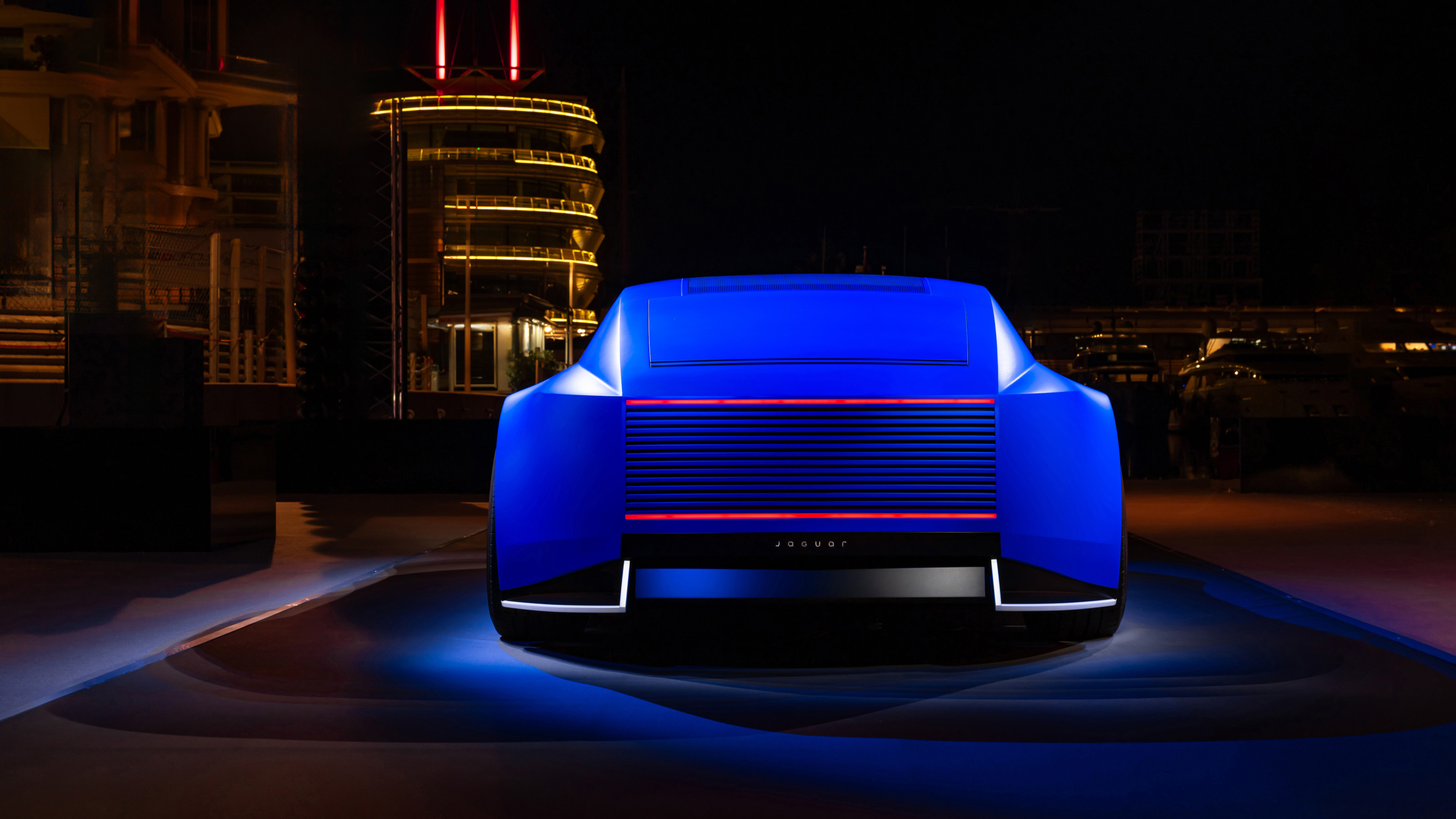 JLR is a mainstay of modern motoring luxury, but do car brands need creative figureheads?
JLR is a mainstay of modern motoring luxury, but do car brands need creative figureheads?With Gerry McGovern reportedly departing from Jaguar Land Rover, what next for the Indian-owned, British-built house of brands?
-
 The Eagle Lightweight GTR is a minimalist expression of racing car aesthetics
The Eagle Lightweight GTR is a minimalist expression of racing car aestheticsEagle E-Types is renowned for its stewardship of Jaguar’s iconic 1960s sports car. With this one-off Lightweight GTR version, the company has pushed its ethos to the limit
-
 Jaguar’s big rethink earns its Type 00 concept car a Wallpaper* Design Award 2025
Jaguar’s big rethink earns its Type 00 concept car a Wallpaper* Design Award 2025We salute the forward-thinking and bold choices of the dramatic Jaguar Type 00 Concept, a preview of next year's all-new electric GT
-
 The top 10 concept cars of 2024, as selected by Wallpaper’s Transport Editor
The top 10 concept cars of 2024, as selected by Wallpaper’s Transport EditorWe round up our favourite forays into futuristic design with this collection of concepts and design studies showcasing the transport of tomorrow
-
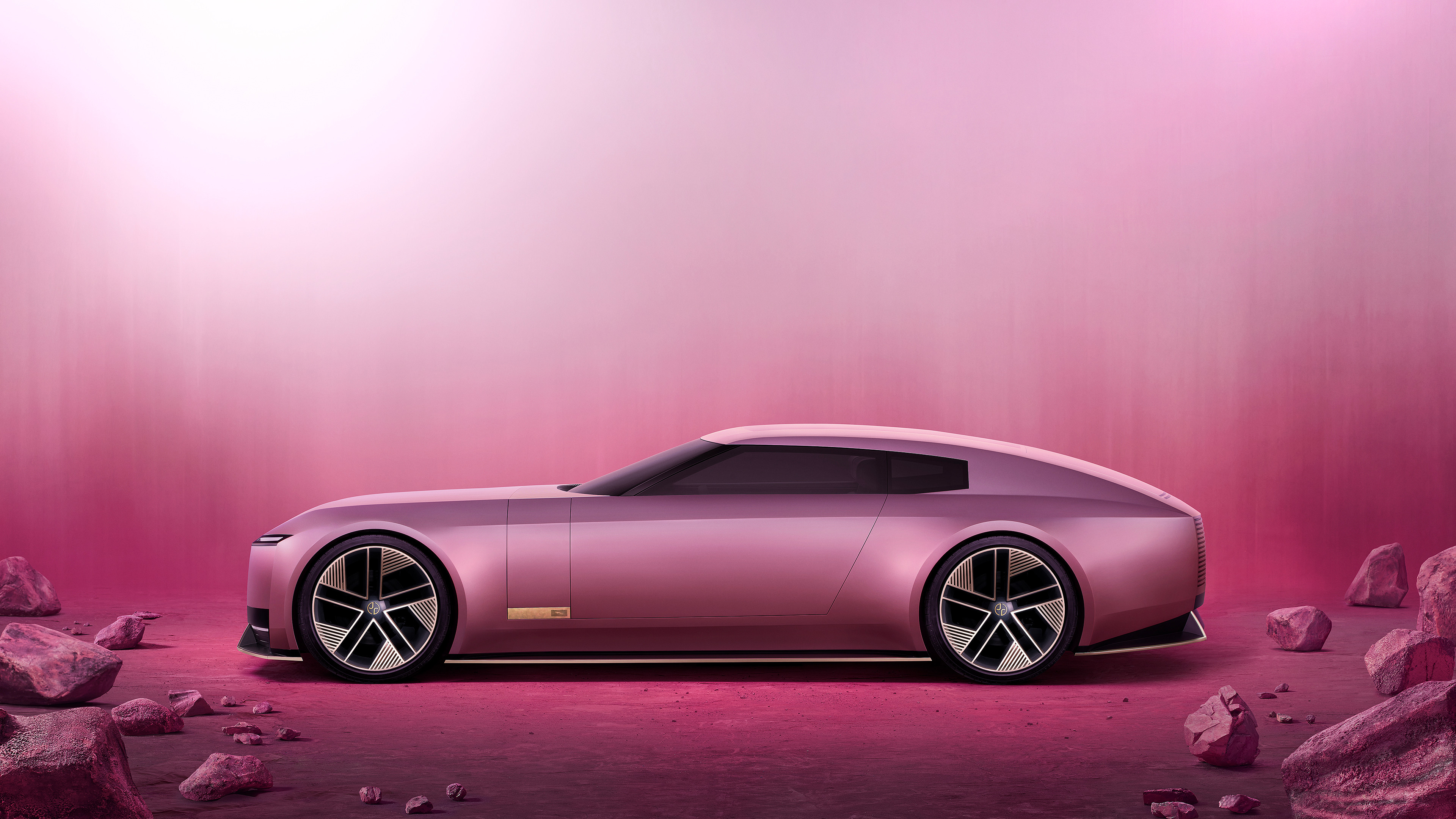 La Vie en Rose: can the Jaguar Type 00 reset the narrative surrounding the brand’s reinvention?
La Vie en Rose: can the Jaguar Type 00 reset the narrative surrounding the brand’s reinvention?This is the Jaguar Type 00, the first physical manifestation of the reborn brand’s new commitment to ‘Exuberant Modernism’. We take it for a semiotic spin
-
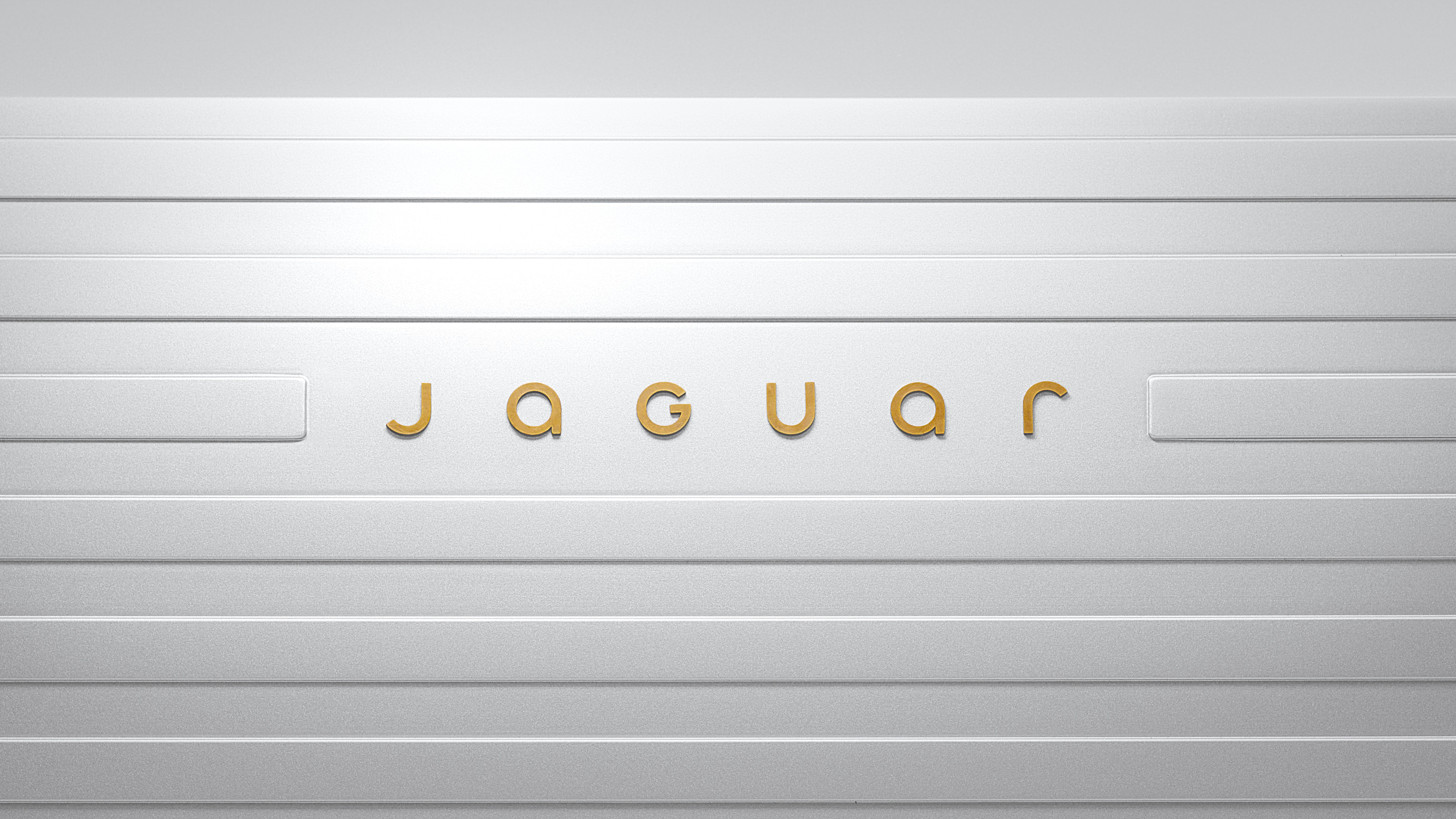 Jaguar reveals its new graphic identity ahead of a long-awaited total brand reboot
Jaguar reveals its new graphic identity ahead of a long-awaited total brand rebootJaguar’s new ethos is Exuberant Modernism, encapsulated by a new visual language that draws on fine art, fashion and architecture
-
 Helm’s meticulously re-imagined Jaguar E-Type features a finely crafted interior by Bill Amberg
Helm’s meticulously re-imagined Jaguar E-Type features a finely crafted interior by Bill AmbergHelm transforms the legendary E-Type into a thoroughly modern machine, upgrading every aspect of Jaguar’s pioneering sports car to an exacting brief
-
 Zoute Grand Prix is a car fest like no other at a pristine Belgian beachside town
Zoute Grand Prix is a car fest like no other at a pristine Belgian beachside townAmy Serafin takes to the well-heeled streets of Knokke-Heist to experience the Zoute Grand Prix, its annual cavalcade of classic car-related events, from a rally to an auction